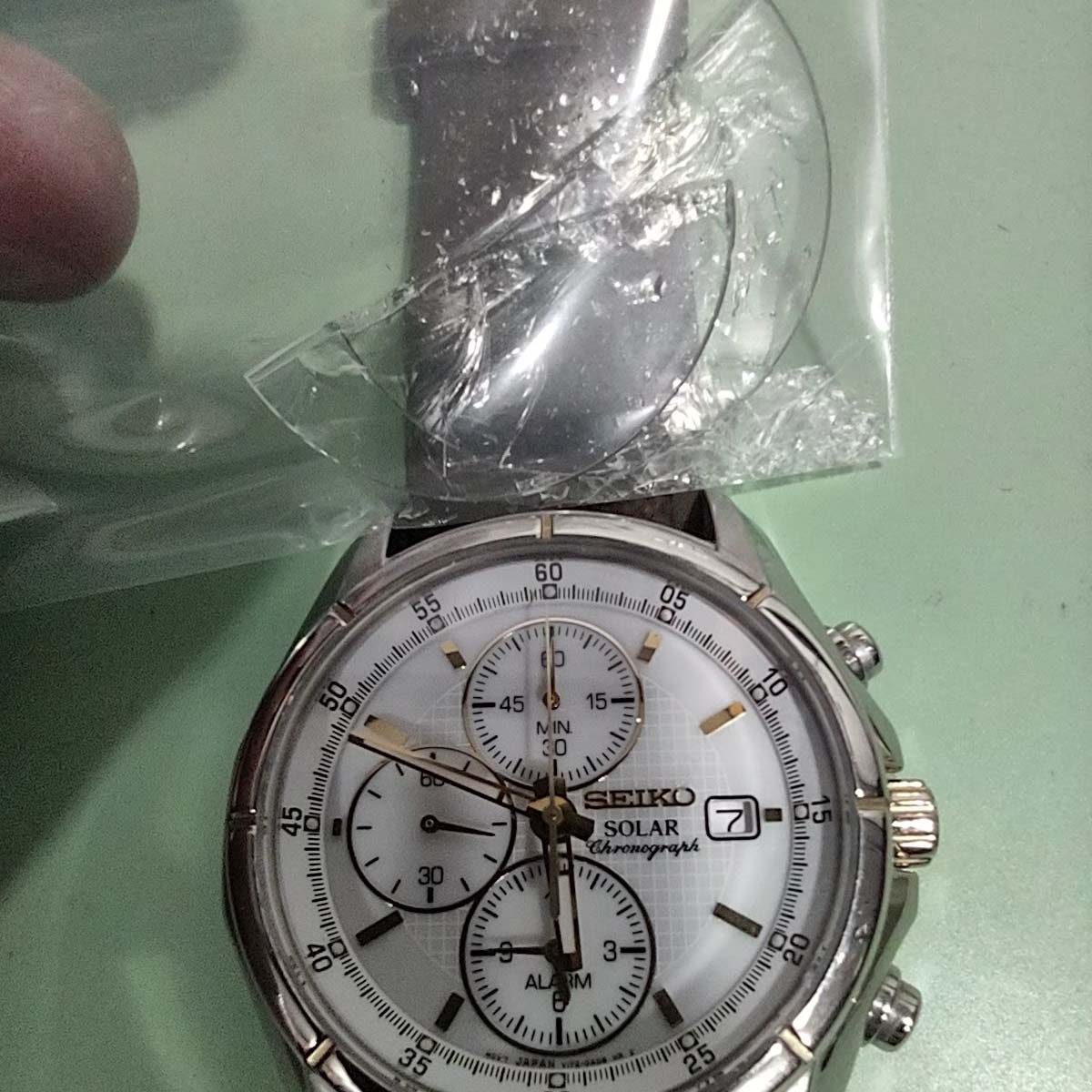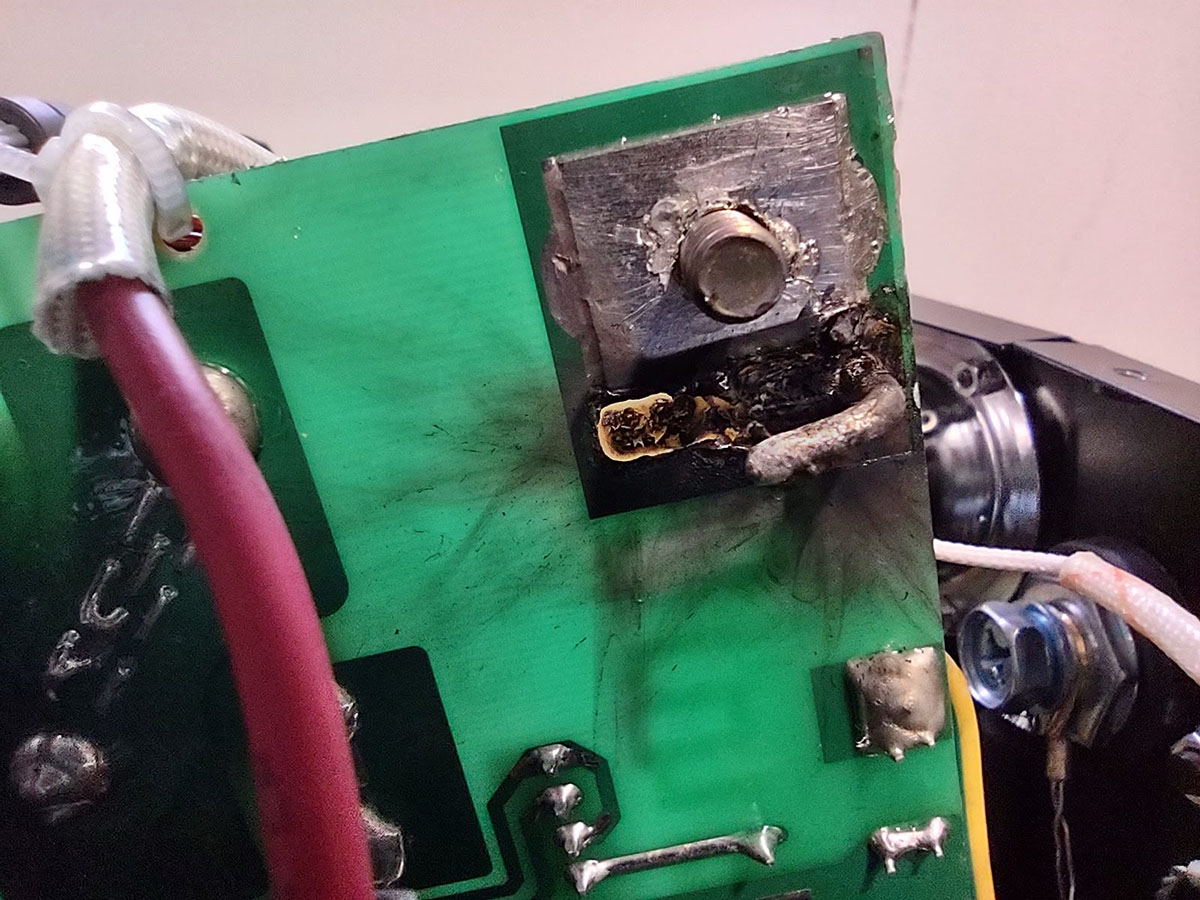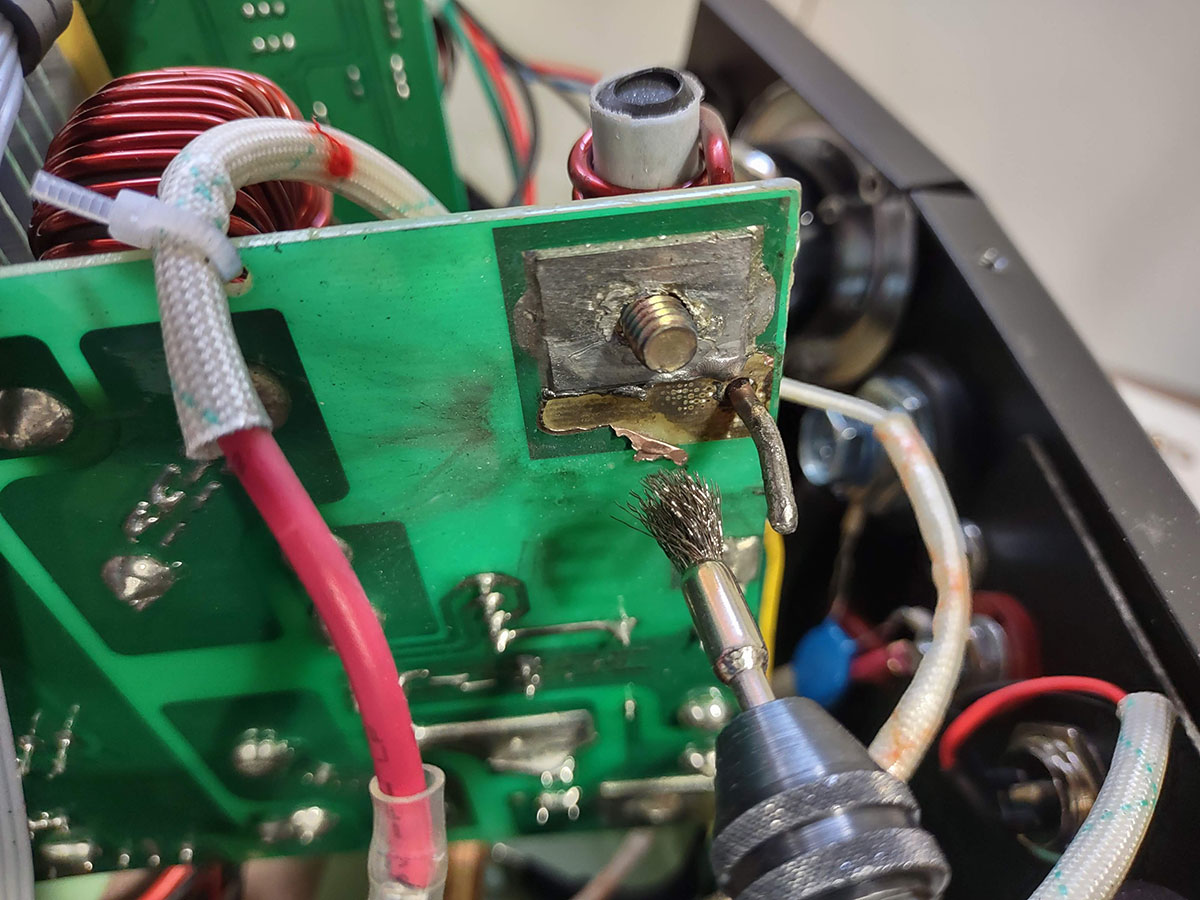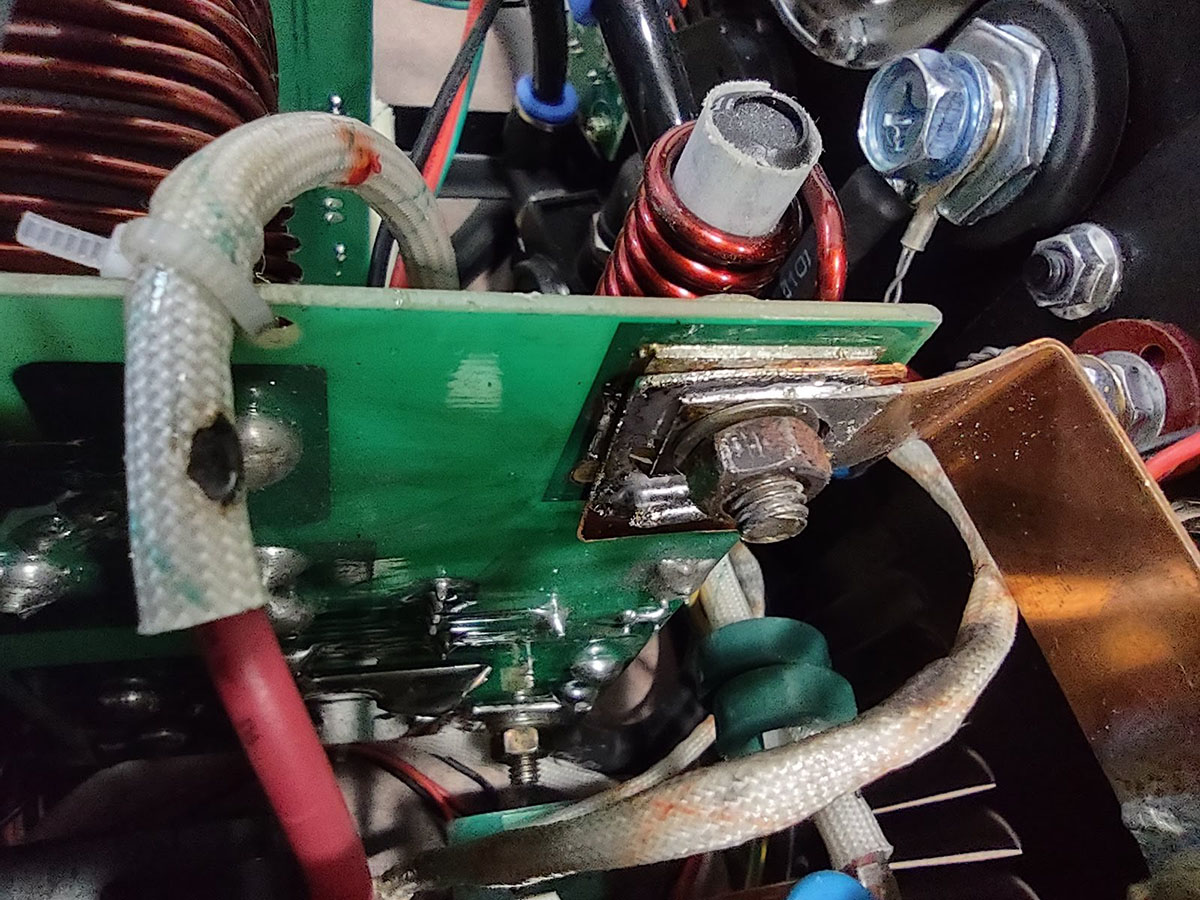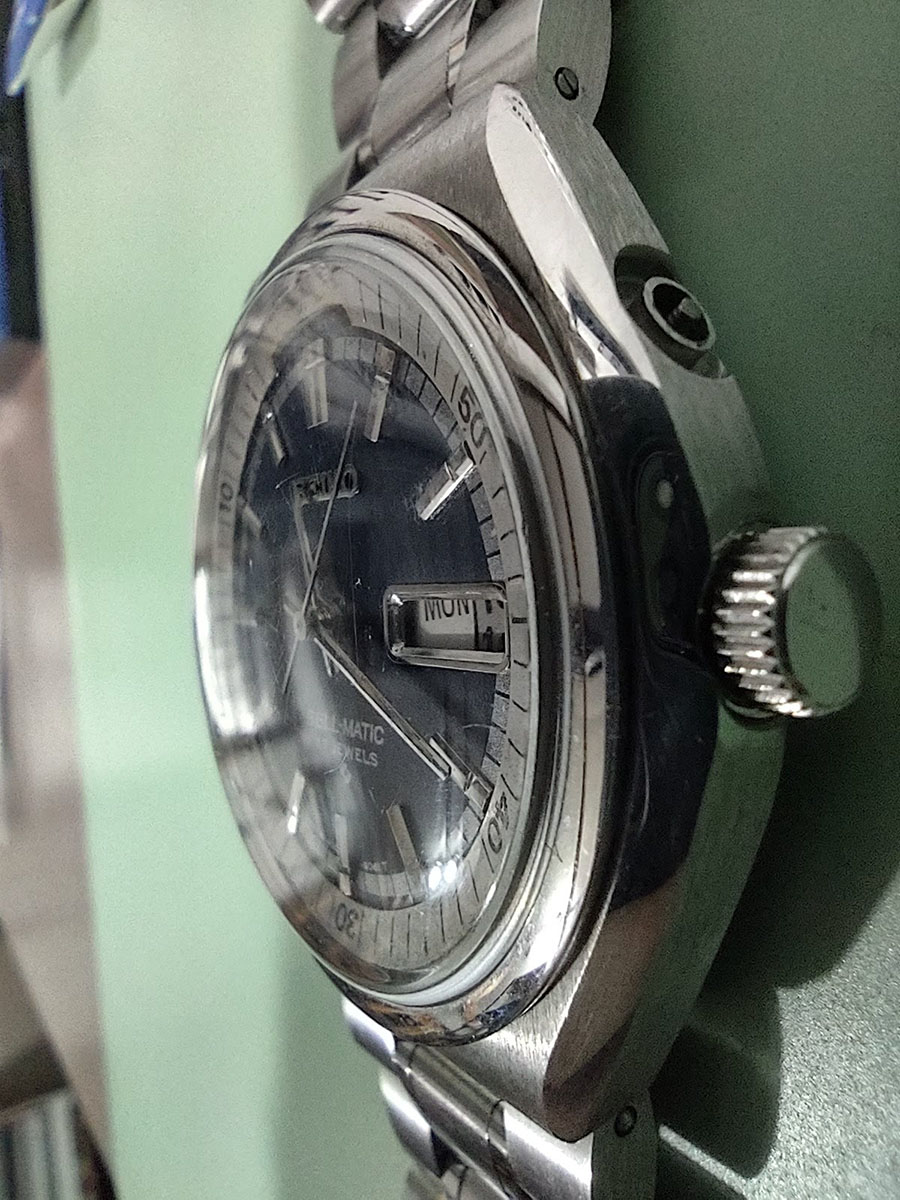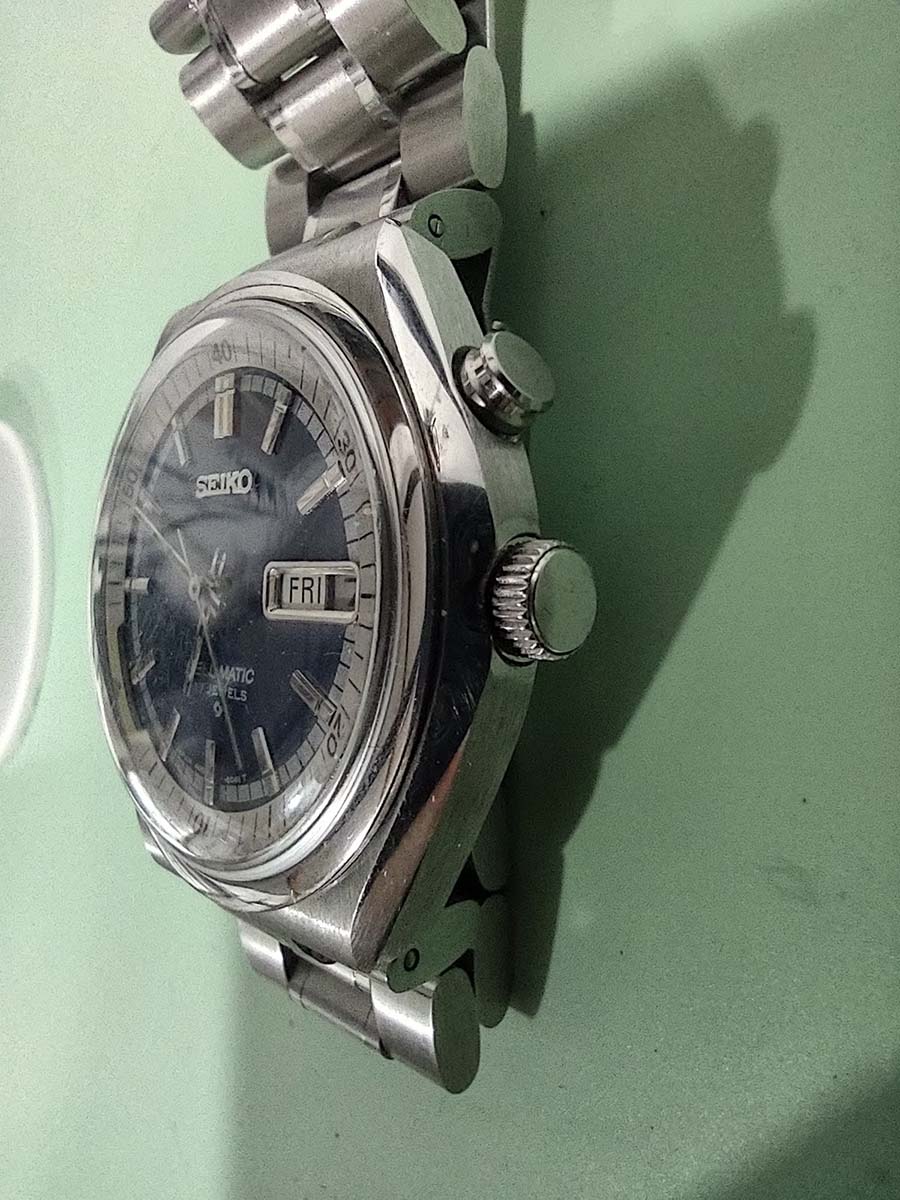TV Signal Power
How strong is the signal in the air where I am? Since the government wants you to watch TV, the FCC provides this handy tool online:
FCC TV Channel Signal Power Tool
“dBμV/m”, Decibels, Signal Strength, and Confusing Units
The FCC’s site uses the unit dBμV/m or “decibel microvolts per meter amplitude” for signal strength. This is really a debacle of a unit. Units like this prevent people from understanding physical concepts, make people hate science in school, and even prevent technicians and probably many engineers from understanding the underlying concepts of their daily work (in my opinion). The proper way to write this unit is “dB (re: 1μV/m)” which means ‘decibels of power relative to a signal of amplitude 1 microvolt per meter.’ The unit “dBμV/m” further explained in 8 steps across two posts:
Step 1: your frustration at the many layers of confusion here are justified. Accept it and move on.
Step 2: Volts per meter. An electric field in the air is measured in volts per meter (V/m). For example, air breaks down at about 3 million V/m, very visible when lightning strikes. You might also say ‘3 megavolts per meter’ or ‘3 MV/m.’
Step 3: Amplitude. Any radio signal generated by an antenna for communication vibrates the electric field in the form of a sine wave at a specified frequency* and amplitude. The amplitude is the maximum at the peak of the sine wave.
*The frequency determines what channel the signal is and must remain within a tight range to not interfere with other signals in the air. Frequency is measured in Hz, MHz, GHz, etc. For example, 88MHz to 108MHz for FM radio. This is separate from the signal strength discussion.
Step 4: μ = micro. Being a Greek letter that looks like a ‘u.’ this is often written with a ‘u.’ It means ‘micro’ which is one millionth, so we are dealing with millionths of volts per meter, i.e. one-trillionth (1 / 1,000,000,000,000) of the unit used to measure air breakdown for lightning.
Step 5: Decibels Explained here.
In our case dB appears in front of μV/m, so you would think you would multiply by 10^(__ / 10) to get the μV/m amplitude of the signal. Nope, see the description of decibels and … in our case here, 100dBμV/m is a common strong signal level for TV stations and it means a signal with a power of 100dB above a signal with 1 μV/m amplitude. 100 dB = 10^(100/10) = ten with ten zeros = 10,000,000,000 = 10 billion. Does that mean 10 billion microvolts per meter or 10,000 V/m??? No. Since the power of a signal is the amplitude squared, the actual amplitude in volts per meter only has to multiply by ten with five zeros to reach 100dB power above a signal of amplitude 1 μV/m, or 100,000 microvolts per meter = 0.1 V/m. Very manageable.
The signal received by an antenna is very weak compared to pretty much all signals powered by electronics on-site. The problem with receiving a weak signal is usually not that the signal is too weak to amplify, but that the noise has to be amplified with the signal and the signal can’t seen over the noise. There is always some level of noise and the signal has to be strong enough to be distinguished from the noise.

